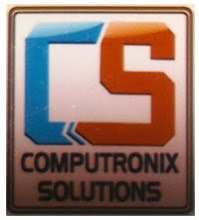Saturday, February 13, 2010
Flying Hobby RC Helicopters
With hobby-grade RC helicopters there are many more actions that the pilot can do and needs to perform to keep the helicopter aloft. Variable pitch rotors and other design features allow the helicopters to do more diving, climbing, rolls, and loops in addition to going up and down and hovering. These actions along with adjustable speed make hobby helicopters extremely challenging to fly but also more exciting.
Transmitters for hobby RC helicopters may come with many channels to control basic helicopter functions, provide more precise control of mixed actions, and change settings on the helicopter from a distance; but, for basic flight four or five channels is normal.
All four or five channels are activated with just the two sticks on the transmitter. The movements typically controlled by a 5-channel transmitter are:
Throttle
More throttle equals more power and speed. Less throttle slows down the helicopter.
Main rotor up and down movement
The collective keeps the pitch of the main rotor blades level with the fuselage and allows for the ascent and descent of the helicopter.
Tail rotor side to side movements
The tail controls yaw -- keeps the helicopter from spinning around and around. The tail rotor also acts like a rudder for turning.
Main rotor forward or backward tilt
The elevator or cyclic pitch controls forward and backward movement and altitude (diving and climbing) when in flight.
Main rotor left and right tilt
The aileron or cyclic roll causes the helicopter to bank left or right or roll to the left or right.
Subscribe to:
Post Comments (Atom)

No comments:
Post a Comment